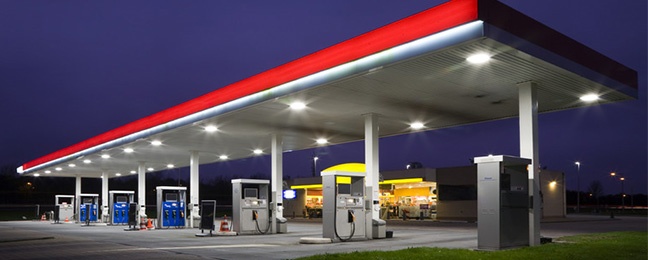

Aug 23 2012
Most of us were probably oblivious to what we were putting into our fuel tanks the first time we filled up on E10 Gasohol. In most circumstances, there wasn’t much cause for alarm. The government is now giving the green light to E15, a decision some feel might have been made on inconclusive data. This article cuts through the debate, and tells you what consumers should know about E15 as of right now.
Coming Soon to a Gas Station Near You: E15
Ethanol has been put under a fair amount of scrutiny since it was introduced into our national fuel supply. However, time has quelled most US gasoline consumers’ trepidations about filling their beloved automobiles with the standard E10 fuel. E10 is a blend of 10% ethanol and 90% gasoline, otherwise known as gasohol. Recently, The Environmental Protection Agency (EPA) has ramped up efforts to get E15, a blend of 15% ethanol and 85% gasoline, to the pump citing that the blend poses no danger to 2001 through 2006 vehicles. Since 2007 regulations have required that all new vehicles are manufactured such that they are safe to use with the proposed E15 fuel.
But the Coordinating Research Council begs to differ. After a two-year durability study, using different blends of ethanol and gasoline in different engines, concludes that the E15 blend might not be as benevolent as proponents suggest. The Department of Energy was quick to release their rebuttal of the findings and thus the whole ethanol debate seems to have been reignited. Here we go again.
When debates get heated and politically charged, it’s easy to get disenfranchised by the finger pointing that goes on between various industries, government agencies, lobbies and advocacy groups. It’s usually the end-user of a product that’s left to plod through much of the fear mongering in order to get to the facts. In that light, here are 12 things that you should know about E15:
Please comment below and share your thoughts on E15. Is the government moving too fast to increase the blend ratio? Should we be using corn to make ethanol to supplement our fossil fuel consumption? Are the environmental and commercial effects of blending ethanol with gas positive and significant?